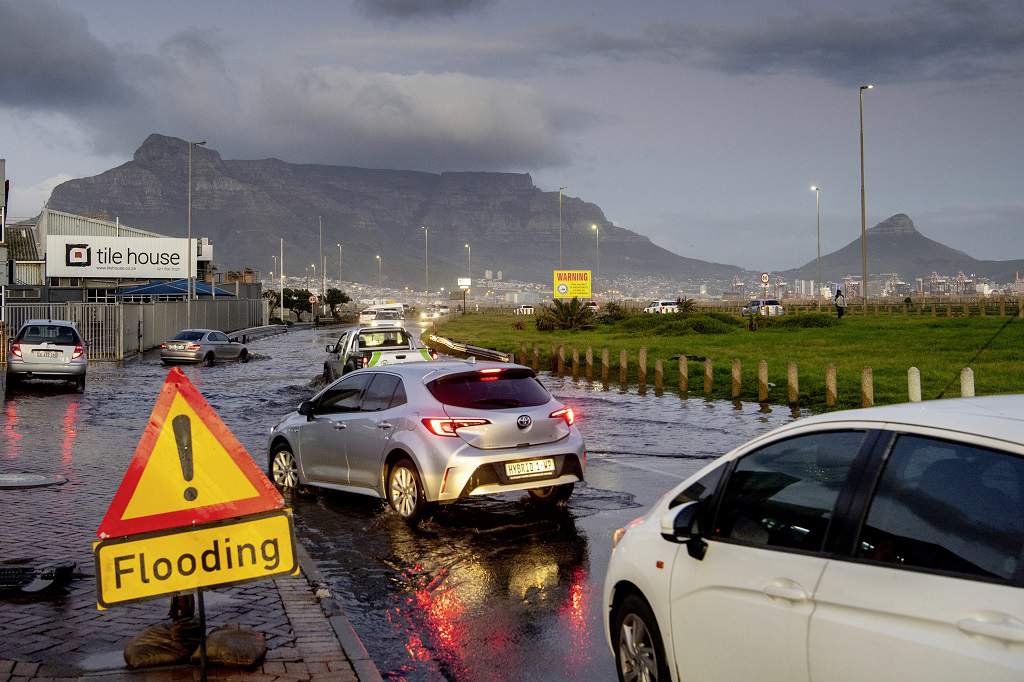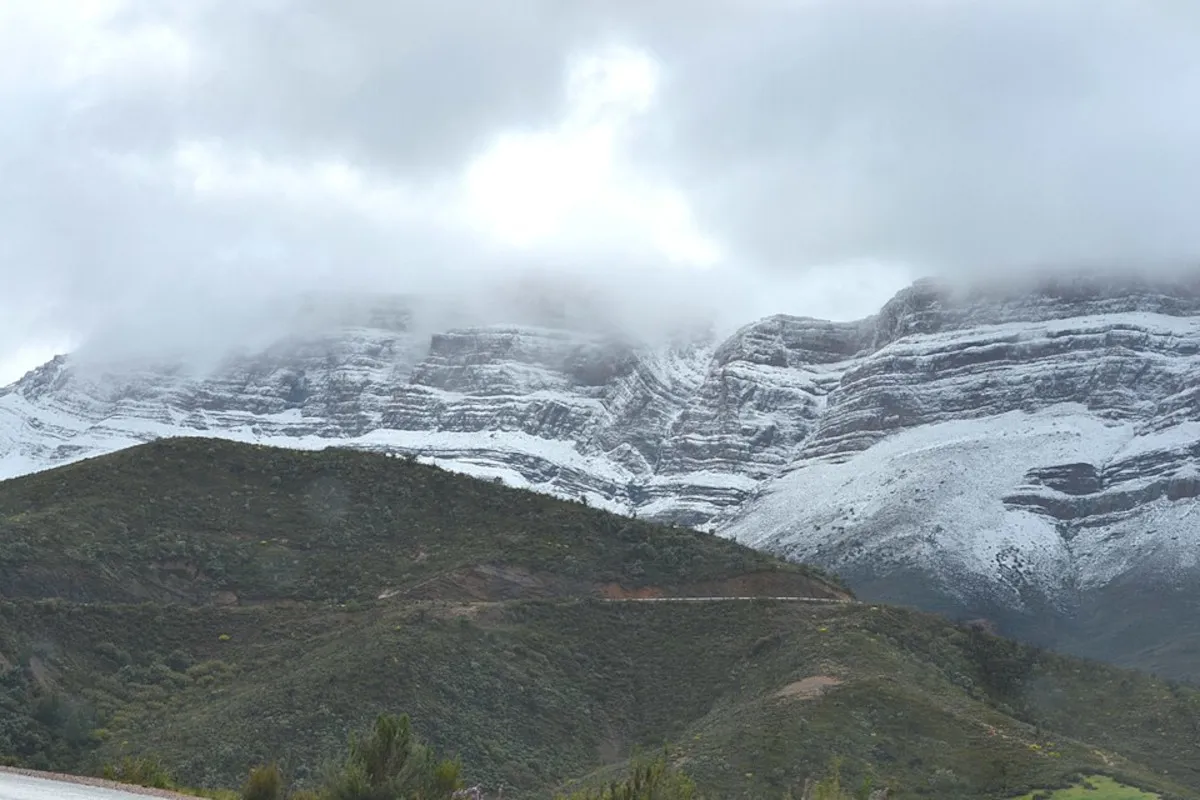

A powerful cold front is sweeping across the Western Cape and Eastern Cape, bringing severe weather conditions including heavy rain, snowfall, and gale-force winds. Stay updated with official warnings and expert safety advice.
The South African Weather Service (SAWS) has issued a strong warning regarding a powerful cold front that is set to impact the Western Cape, Northern Cape, and Eastern Cape from Wednesday through Friday. This cold front is expected to bring heavy rainfall, gale-force winds, snow in high-altitude areas, and extremely dangerous ocean conditions. Residents are urged to remain alert and prepare for severe weather conditions that may disrupt transportation and damage infrastructure.

Western Cape is expected to experience flash flooding in low-lying and poorly drained regions. Soils already saturated by recent rain increase the likelihood of mudslides and runoff-related hazards.
Winds may reach gale-force speeds, resulting in uprooted trees, flying debris, and damage to infrastructure. Coastal areas face sea surges, high tides, and dangerous conditions for maritime activities.
Snowfall is likely in high-elevation areas, particularly mountain passes in the Western and Eastern Cape. Up to 10 cm of snow may accumulate, with colder temperatures increasing the risk of hypothermia and vehicle accidents.
Waves exceeding 5 meters could impact coastal towns. Residents and small-vessel operators are advised to avoid the sea during this time.
The Eastern Cape is still reeling from devastating flash floods in mid-June that killed over 100 people and displaced thousands. The upcoming cold front could exacerbate damage, particularly in areas where infrastructure has not yet recovered. Emergency response units, including search and rescue teams, are already on standby. Cape Town’s Disaster Risk Management Centre is on high alert, coordinating with provincial and national agencies.
Rudzani Malala, chief of SAWS’s Disaster Risk Reduction Centre, warns that “motorists should exercise caution, and residents should prepare for severe conditions.” Citizens are advised to:
This system follows a series of cold fronts that have battered the Cape in recent weeks. Another strong front is expected the following weekend, prolonging the wet, cold, and windy conditions across much of the country. In mid-June, a similar cold front led to deadly flooding and extensive property damage, highlighting the vulnerability of the region to such weather patterns.
The intense cold front affecting the Western Cape and Eastern Cape is a reminder of the increasing frequency of severe weather events in South Africa. As climate patterns shift, cold fronts are becoming more intense, often triggering multi-hazard scenarios. The public is urged to remain informed, exercise caution, and assist vulnerable members of the community.
Table of Contents
This post by news24
Thanks for reading. for more news please visit our africapulsemedia.com